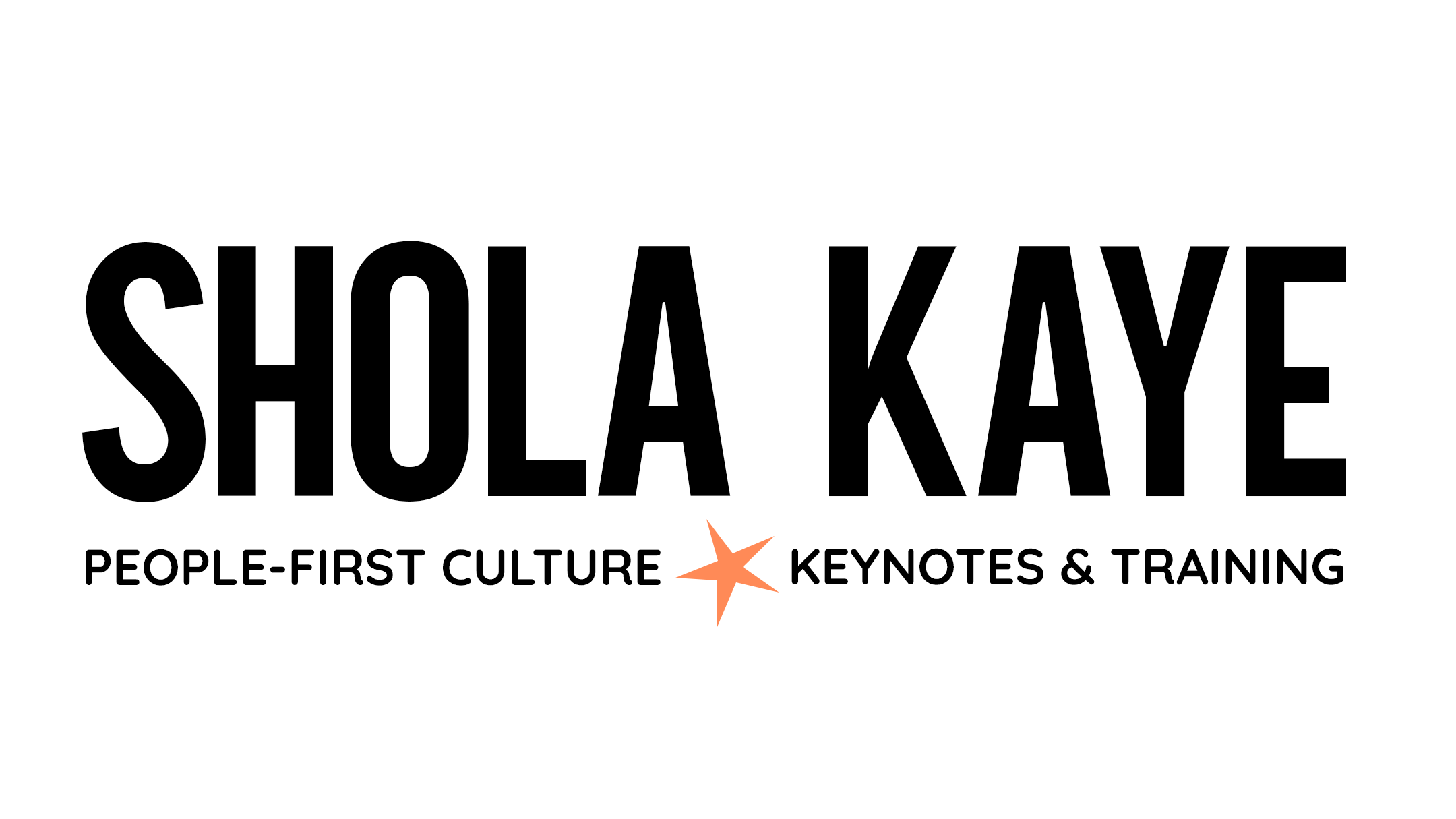How Can We Help?
Search for answers or browse our knowledge base.
Addressing stereotype threat
Published on ACCA
Stereotype threat occurs when there is the opportunity or perceived opportunity for an individual to satisfy or confirm a negative stereotype of a group of which they belong. The threat of potentially satisfying or confirming the stereotype can impact performance in a variety of tasks, including academic and professional performance.
Neil Johnson, writer
Imagine taking an exam after someone tells you to try your best, but that people of you race, gender or age generally don’t perform well in that particular exam, so don’t worry if you don’t do as well as you’d like to. It’s not exactly going to fill you with confidence.
Or have you ever been in a group situation where you’re the only person of your race, gender or age – a meeting at work, for example – and you feel a sense of pressure to deliver, or that you feel people are looking to you as a representative of the whole group?
These are indicative of stereotype threat.
Feeling under threat can lead to self-monitoring in fear of conscious and unconscious behaviours that might confirm a stereotype. Communication specialist and speaker on empathy and inclusion in the workplace Shola Kaye’s first corporate job was at a firm in the US in which she was the only British person and only black person.
This made her watch what she was saying. She didn’t feel she could be fully English. She worried about how Americans would respond as a black woman in a firm that was predominantly male. She felt like she was speaking up for all women and black people, which – considering we’re all different and unique – is a big ask even for someone who might welcome such responsibility.
‘And so, of course, it has an impact on your wellbeing, you can become anxious,’ says Kaye. ‘It affects performance and productivity. It can cause you to feel you need to produce more. For example, “prove it again bias”, where women and minorities constantly have to prove themselves, they feel they can’t switch off, versus typically white men being hired and promoted on potential.’
We asked Kaye for some advice for employees and employers on how to address stereotype threat, which in itself should form part of a wider diversity and inclusion strategy.
Employees
1 Put together a list of positives, such as praise you’ve received, accolades, bonuses or promotions. Gathering lots of evidence of your skill and value can help you to feel less worried that you don’t have any value to offer.
2 Positive role models. As a keynote speaker I might think that, as a black woman, I can never succeed, or there aren’t many black women in speaking and that every time I speak, they’re going to think I represent every minority. So I look to someone like Oprah and think ‘wow, she’s done really well, if she can do it so can I’.
3 A growth mindset. Understand that you are where you are, you’re an individual, and that you can only improve from there. So rather than thinking in a rather fixed way that this is what my group can achieve, this is the only place we can get to, have a growth mindset instead and be open to possibility.
Employers
1 Celebrate and value diversity in a very open way, so that everybody realises that all contributions are important.
2 Make sure that assessments are bias free and declare it ahead of time by saying that they’ve put an assessment together so that everybody can perform well, there’s no bias against a particular group.
3 Value people’s individuality.
4 Create a strong sense of the team and the organisation as a whole being the ‘in group’, versus having in groups and out groups within the organisation, so that everybody feels they’re part of the team and a valued member.
5 Hold up positive role models from the organisation. Laud their accomplishments, but make sure that everybody realises that, whatever your background, you’re still valued.
Hi, I’m Shola and I help you create a people-first culture. My work sits at the intersection of Inclusion, Communication & Emotional Intelligence.
My keynote talks and workshops help your leaders and employees create high-performing work environments where people feel a sense of belonging and psychological safety. Sessions are high energy, interactive, and every participant walks away with at least one practical framework for connecting and collaborating more effectively.
Sound good to you? Please reach out and let’s discuss your next event! 🙂🎤✨

